Maitake mushrooms have been utilized by Asian cultures - specifically the Chinese and Japanese - for over three centuries in both everyday cooking, but also for traditional and folk medicine applications. Many people revere maitake mushrooms for being rich in minerals and bioactive polysaccharides like d-fraction - but what does this mean?
In this article, we’ll give you some background on maitake d-fraction and how it can be used medicinally.
But first, let’s cover the most basic question: what are maitake mushrooms?
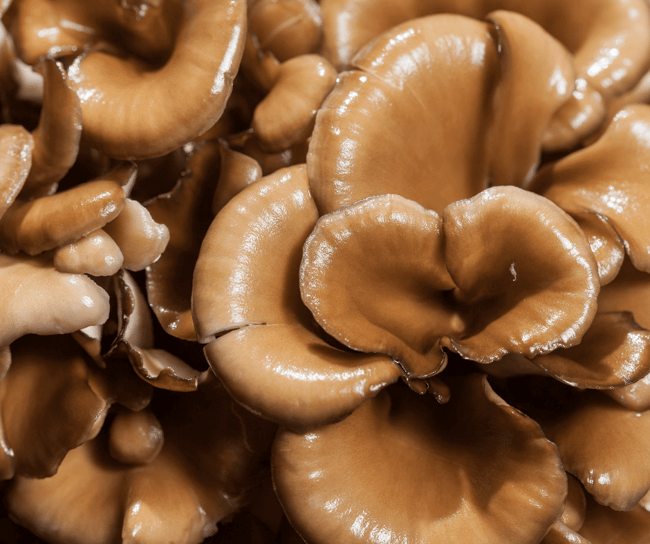
What are maitake mushrooms?
Maitake is a wild mushroom that is one of the most widely cultivated mushrooms in the world besides button, shiitake, and oyster mushrooms. They grow in Asia and are typically found in clusters at the base of oak trees.
When you find maitake mushrooms in the wild, you will find a circular cluster of wavy caps that grow in rows of gray-brown and white-cream colors.
Maitake mushrooms have garnered the nickname the “dancing mushroom” because people have danced with joy when encountering them in the wild. “Why”, you may ask? Because they are a very tasty addition to meals and are said to have amazing health and healing benefits.
Speaking of that…
What are the health benefits of maitake?Maitake is a type of adaptogen - meaning it helps the body fight off diseases and help to create both mental and physical homeostasis.
Maitake contains high levels of antioxidants, vitamin D, vitamin B, copper, potassium, fiber, minerals, and amino acids.
Most notably, maitake mushroom is rich in bioactive polysaccharides called d-fraction, md-fraction, and sx-fraction that have specific health benefits. The presence of these polysaccharides in maitake’s makeup also mean that maitake is composed of 26% beta-glucans.
With all of this in mind, maitake is a potentially great supplement for:
- Cancer support
- Liver protection
- Cholesterol regulation
- Enhanced immune function
- Lowered blood glucose levels
While studies are still ongoing about maitake health benefits, one published study noted that d-fraction found in maitake may help in treating breast cancer by stopping the growth of cancer cells.
An earlier study noted the potential benefits of adults taking maitake to fight off any type of cancer cell regeneration.
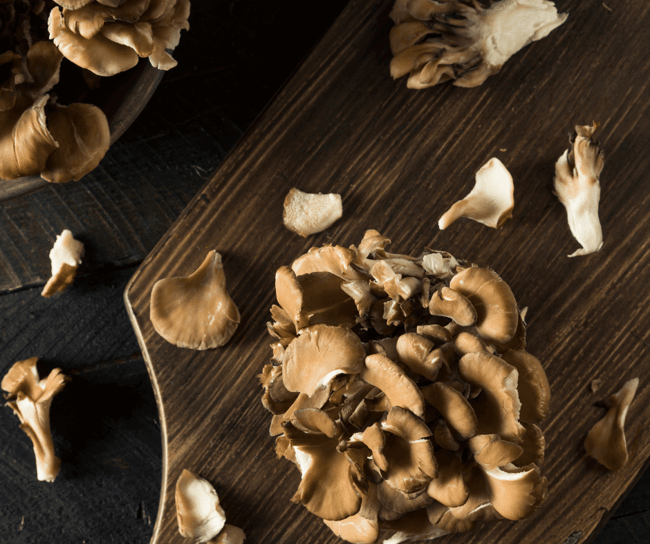
There is also research that links maitake consumption with better heart health due to it lowering cholesterol levels and having positive effects on type 2 diabetes.
With that very high level overview of maitake health benefits out of the way - and believe us, we could go on and on about this (we do here!) - we want to dive a little further into something we briefly mentioned above: maitake d-fraction.
What is maitake d-fraction?
Maitake mushroom fruiting bodies contain water-soluble protein-bound polysaccharides or proteoglucans called d-fraction. Today we know a lot about d-fraction because it has been highly studied for its potential immune boosting and antitumor abilities for decades.
Because maitake is widely studied, d-fraction is generally regarded as the most potent fraction for enhancing the immune system and demonstrating cancer inhibition by activating the cellular immune system when maitake is taken orally.
Maitake d-fraction is typically taken in powder format, but can also be further extracted using hot water to increase the bioactivity of compounds.
Let’s take a look at the studies that back all of this up:
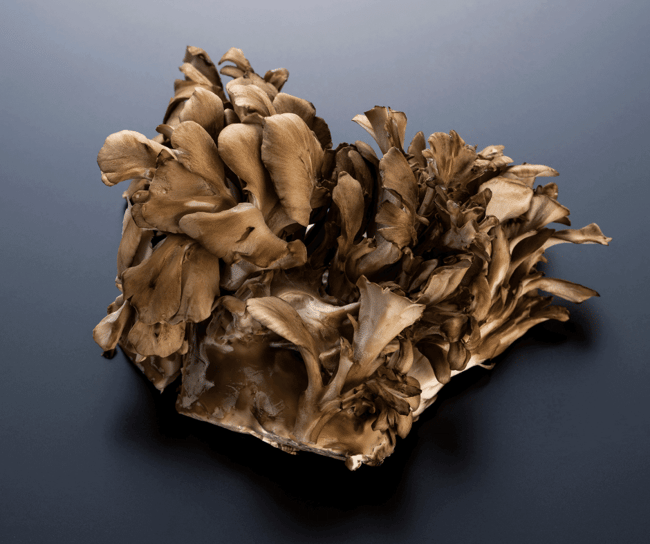
What studies have been done using maitake d-fraction?
As a highly studied mushroom, maitake health benefits are largely backed up by the science community. Let’s look at a sampling of studies that link d-fraction use to cancer inhibition, anti-tumor treatment, and immune boosting effects:
- Cellular function improvement: A study published in the Journal of Orthomolecular Medicine noted that when mice were administered .5mg of d-fraction injection for 10 days or 1mg of d-fraction orally for 10 days, protective cellular function increased. Specifically, natural killer cells, cytotoxic t-cells and delayed-hypersensitive t-cells all increased by 1.5-2.2 times. This study also looked at the organs of the mice over time and found that maitake d-fraction dosage contained no toxicity over a 31 day period.
- Cancer diagnosis symptom improvement: Another non-randomized clinical study on humans looked at 165 cancer patients in stage three or four, ranging from 25 to 65 years old. Patients were given maitake d-fraction crude powder tablets only or maitake d-fraction crude powder tablets alongside chemotherapy. Tumor regression and significant symptom improvement was observed in 11 out of 15 breast cancer patients, 12 out of 18 lung cancer patients, and seven out of 15 liver cancer patients. When taken alongside chemotherapy, the symptom improvement rates were 12-28% higher.
In another study on this subject, d-fraction taken alongside vitamin c in-vitro was shown as a possible alternative approach to cancer therapy.
- Antitumoral effects: One study looked at the antitumor effects of maitake d-fraction for triple-negative breast cancer cells. The results showed that d-fraction decreased MDA-BD-231 cell viability, thus reducing metastatic breast cancer potential.
- Activation of natural killer (NK) cells: Scientists measured NK cell activity in 10 patients to measure activation, or lack thereof, over time alongside maitake d-fraction supplementation. Results showed that NK cell activation increased when taking maitake d-fraction over time.
- Better immune response: Maitake d-fraction supplementation has also been studied alongside other mushroom supplements (e.g., shiitake). One study looked at the use of maitake and shiitake extracts for immune-enhancing capabilities. They found that short-term oral application strongly stimulated both the cellular and humoral branch of immune reactions.
This is just a few of many studies that have shown improvement for health and wellbeing when taking maitake d-fraction. Studies are still ongoing and it’s expected that d-fraction will be a hot button topic for scientists as we continue to explore more natural treatments and supplements to take either by themselves or alongside chemotherapy when treating cancer.
If you’re considering taking maitake d-fraction for cancer treatment, please consult a trusted healthcare professional before doing so to make sure it’s safe to do alongside your personal treatment plan.
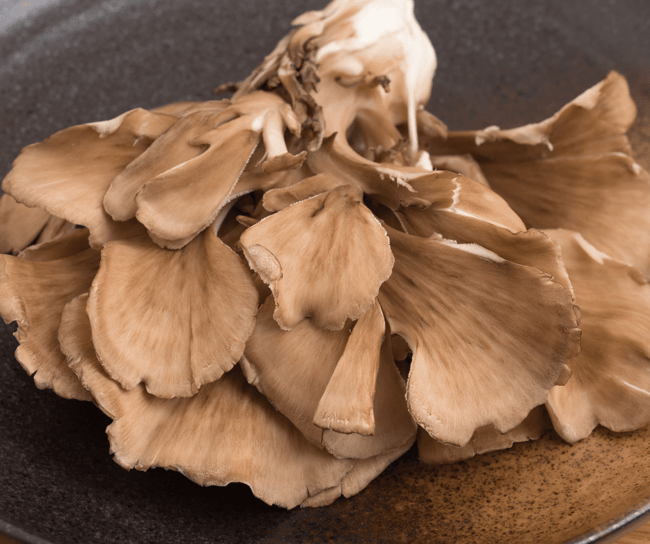
Maitake powder vs extraction for d-fraction and medicinal benefits
What’s interesting about the studies noted above is that most utilize dried maitake powder made using the fruiting bodies of maitake mushrooms and taken orally, further solidifying that medicinal mushroom usage can have a high degree of effectiveness when taken by mouth.
However, there is emerging research showing that hot water extracts may boost the compound bioavailability and therefore the potential medical effects of maitake mushroom d-fraction supplements.
When looking for a maitake supplement, please read the packaging to determine legitimacy of the product and processes for making it.
Maitake d-fraction and beta-glucans
We’ve said it before and we’ll say it again, beta-glucans are the mushroom’s gift that keeps on giving. Beta-glucans are a fiber found in the cell walls of mushrooms shown to have great health benefits. Beta-glucans have been nicknamed “biological response modifiers” because of their ability to enhance immune function. Sounds familiar to maitake d-fraction, huh? That’s because it is.
If d-fraction is the bioactive extract of maitake, then you can say it’s active constituent is protein-bound beta-glucans. When taking mushroom supplements, consider taking maitake with another mushroom that is also high in beta-glucans (e.g., turkey tail or reishi) to create the ultimate immune booster supplement duo.
Important note on maitake d-fraction studies
As noted before, many of the studies conducted have been done in-vitro or on animals. More research via human clinical trials is needed to confirm all of the research is correct. Please consult your doctor before taking maitake d-fraction supplements for your own health regimen.
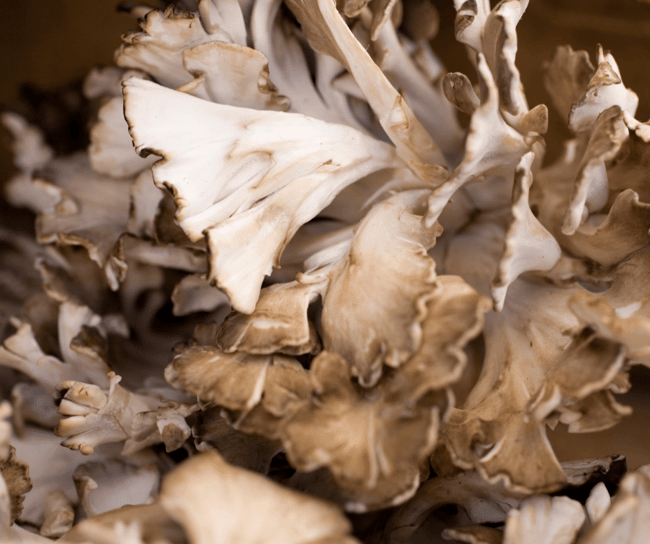
Potential side effects and interactions of maitake
Potential side effects and interactions of maitake can be mild, but may include nausea, allergic reactions, blood sugar changes, and lowered blood pressure. Increased bleeding is also a concern for those using maitake supplements.
For more on possible side effects and interactions, check out this article.
A final note on maitake d-fraction
As you’ve read through the above, it’s clear that maitake d-fraction has some potentially amazing health benefits to consider - especially for patients needing immune-enhancing care treatment (e.g., cancer patients). Mushrooms have been utilized for thousands of years for their health benefits, and if we’re still talking about them today, there must be something to that, right?
Thinking about adding maitake mushrooms to your diet? We suggest checking out these gourmet recipes!

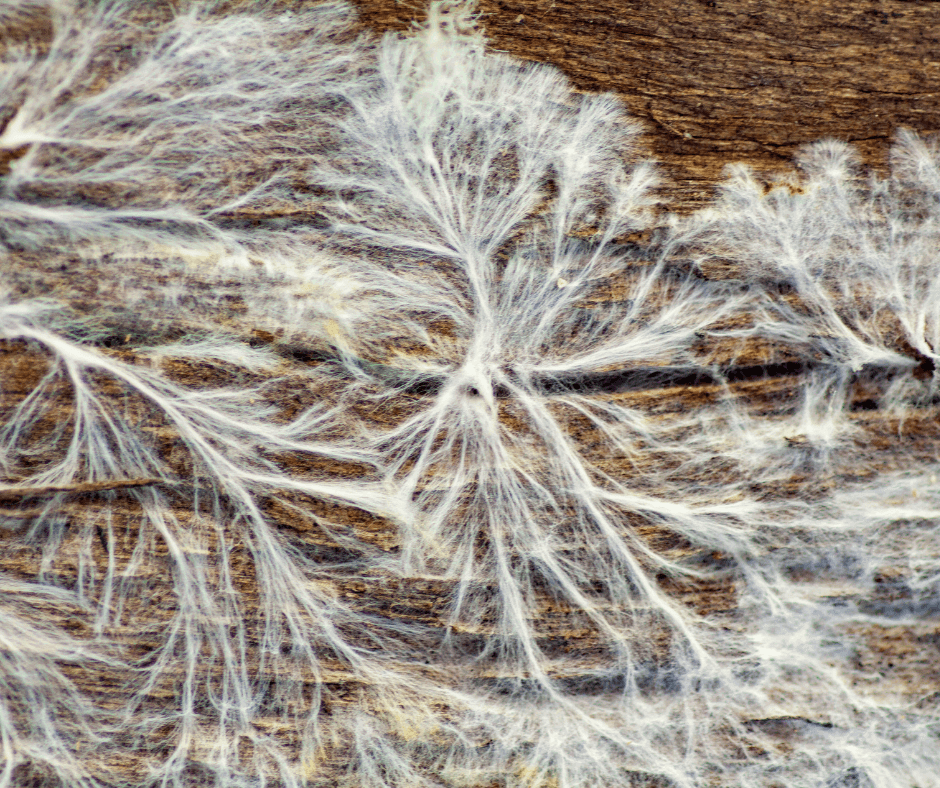
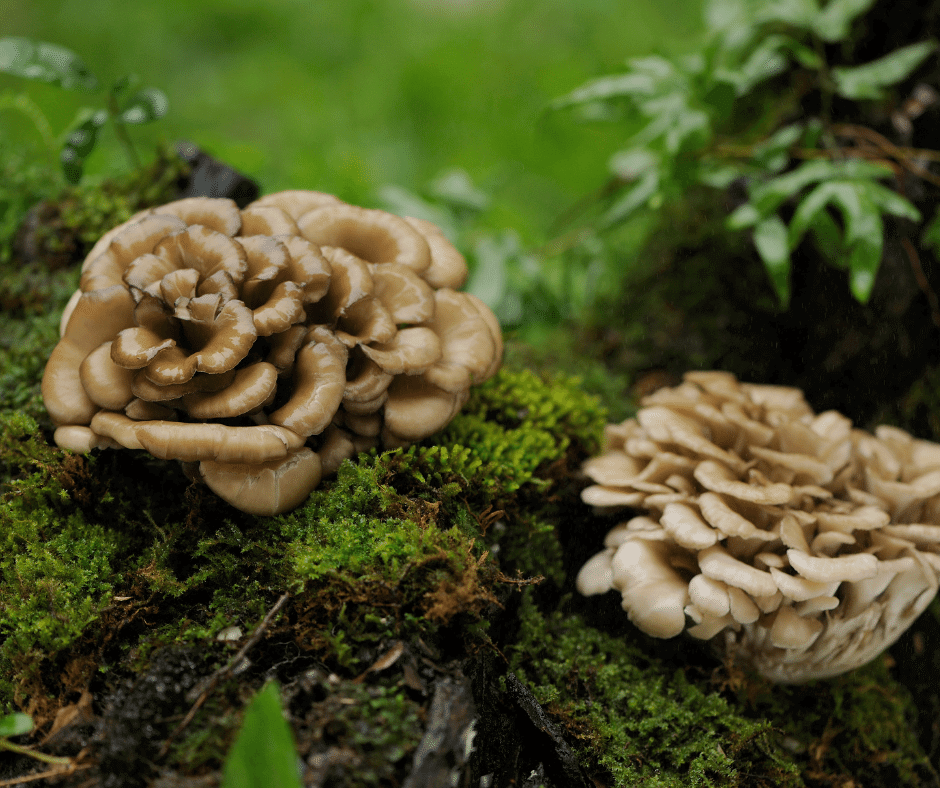


.png)
